I’m KC, and when it comes to shipping characters in genre media and literature, I am the Captain of the USS Tenth Doctor x Rose Tyler. And I am an Anomaly.
I was only four or five-years-old when Disney’s Beauty and the Beast came out, but it left a large enough impression on me that I wore my costume Belle ballgown until I couldn’t fit in it anymore. The animation was beautiful, the songs were memorable, and–in typical Disney fashion–it presented what could have been a scary figure in the Beast as someone relatable. It was difficult not to fall in love with the Beast. Then just as I hit 10-years-old (and the beginning stages of puberty), Disney released the under-appreciated The Hunchback of Notre Dame, in which Quasimodo is the kind-hearted bellringer with a “monstrous” appearance. Of course, there was no spell on the title character, and his adoration for the dancer Esmeralda went unrequited. But I still loved him, and I was cheering for him.
The basis behind both of these films are a very familiar tale that goes back as far as ancient Greece and their plagiarist counterparts, the Romans.
It goes a little something like this:
- A beautiful young woman finds herself in the company of a moody, maybe disfigured man.
- Moody, maybe disfigured man falls in love with beautiful young woman.
Followed by the optional…
- Beautiful young woman returns moody man’s love and is returned to his former handsome form. OR: Beautiful young woman doesn’t return moody man’s love at all because he’s not under some spell and this will end in tragedy. OR: It’s a romance book ending with the beautiful young woman falling in love with the moody man and they get married and have babies. And if the leading man is disfigured, then the children do not inherit their daddy’s disfigurements.
Howard Ashman knew what he was writing in his lyrics, because the Beauty and the Beast story is factually “a tale as old as time.” Or in this case, a trope as old as time. From the myth of Hades and Persephone to “The Frog Prince” to Jane Eyre, there are so many iterations of this story that span the world of books, movies and television. And it is especially prevalent in genre fiction from historical romance to science fiction. If you’ve seen the Doctor Who episode “The Caves of Androzani,” then you see a clear example between Peri and melty-face, Sharaz Jek. And let’s not stop there, let’s also consider the slow burn of Goliath and Elisa in Gargoyles, Harry Potter’s Severus Snape pining after Lily Potter, Buffy Summers herself having sexual tension with both vampires Angel and Spike, etc. It’s everywhere.
Personally, this is a trope that I love and have made a point to search out. They have a very gothic nature about them that dares the reader or viewer to expand their worldview and ask them what they believe is really attractive about a person. It’s a good literary tool to discuss that flawed human beings are worthy of being loved, and speaking as a girl who hit a pretty rough puberty bump, sometimes those stories are necessary for hope and self-esteem.
However, I’ve noticed something very peculiar. And no, it’s not the Stockholm Syndrome or that is oft spoken of in Women’s Studies and Psychology classes. There are plenty of blogs and articles that cover that, believe me. No, this is my discovery:
There are little to no gender reversals of the Beauty and the Beast trope.
Imagine this: the story you are watching involves the Beauty and the Beast storyline mentioned before. Now, in this particular version, the moody disfigured love interest is not a nice man. For example, in The Phantom of the Opera, the Phantom (named Erik in the novel) kidnaps the object of his affection, yells at her, and then kills anyone who sees him or gets in his way. But in the end, you find yourself sympathizing with the character because, “ZOMG HE LOVED HER !!1!” Weeping is optional. Have you done this? I know I have.
I have read many a fanfic in which the Phantom or a similar character gets the object of his desire (or a new one), and the more reasonable part of the triangle turns out to be an asshole. This trend also extends to other fandoms, especially ones in which Johnny Depp or Benedict Cumberbatch characters are the spurned love interests. Now, there’s nothing wrong with developing your stories to look like this. It’s fantasy. It’s the author’s fantasy and reflects what other fans wish to have happened. Exploring this trope in the fantasy of your mind is a safe environment. However, I should hope in the world of reality that one would never, ever, ever want to meet people like this because they are insane and should be locked up. And while it’s not an obligation to marry the nice person in the love triangle, maybe he or she deserves more credit. I’ve been calling this trend in fanfiction and genre publications as “Phantom of the Opera Syndrome”. (Let’s make it a thing, you guys.)
“So, give me examples of the woman as the beast,” you say.
“I’d love to,” I reply. “But remember when I said there aren’t a lot of examples of gender-bending Beauty and the Beast stories…”
Seriously, of the ones I’m familiar with, they are sweet creatures with low self-esteem who learn to love themselves, and that’s what breaks the spell. The films Howl’s Moving Castle and Penelope have this theme in common. Now, this is a great message. I love it and it is especially important for girls and women of all ages. That being said, these women are ingenue characters that become beautiful. Rarely is the unattractive woman also capable of the same harm that their male counterparts are, and still escape with the support of the viewer or reader. Fatal Attraction comes to mind, as do most Lifetime movies featuring the “crazy ex-girlfriend on the murder train.”
“So don’t make her homicidal,” someone might suggest.
“Even that doesn’t seem to be enough,” I would reply.
In the musical Passion, based on the film Passion d’Amore and the book Fosca, the beauty is a handsome Italian soldier named Giorgio who is having an affair with the beautiful, loving Clara. Then he encounters Fosca, who is the sickly “beast” that falls in love with him. And while she is not murder-happy, she falls into dark moods and is capable of manipulating the situation and follows Giorgio everywhere she goes. She’s not insane, but she’s not a nice person.
In the commentary on the DVD, Donna Murphy (Fosca) said that plenty of people would come up to her and say, “I hated your character.” She won the Tony Award for Best Actress and Passion won for Best Musical, but it did not run for more than 280 performances. Meanwhile, Phantom of the Opera is nearly 30-years-old and continues to sell tickets on both the West End and Broadway. And as far as I know, not as many people walk up to former and current Phantom actors saying that they hated the Phantom the murders, blackmail, and abductions.
I don’t disparage the Beauty and the Beast trope. Nothing is going to stop me from seeking out more stories like this. In fact, I think we need more. I think we need more film, television, and fiction that will turn the tale on its head. Maybe we can start with a gender reversal. I mean, Chaucer did it with the “The Wife of Bath,” later retold as the tale of “Sir Gawain and Dame Ragnelle.” But it has literally been hundreds of years since those stories were first told, and yet we’re still afraid to make heroines anything less than somewhat plain and saintly. It’s time to level out the proverbial playing field. After all, we’re all a little beastly.
The genderswapped Beauty and the Beast illustration in the featured image is the work of Tumblr’s dc9spot. Find the original post in the link below and also take a look at her other works.

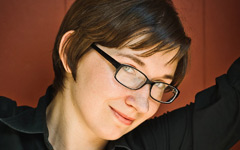
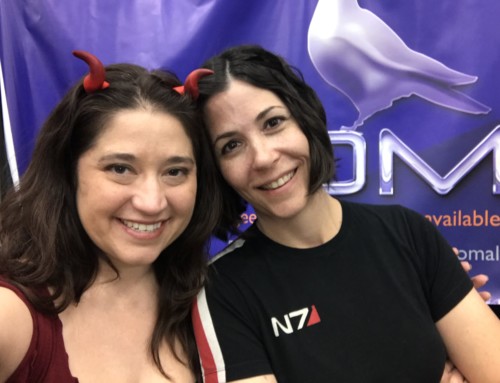
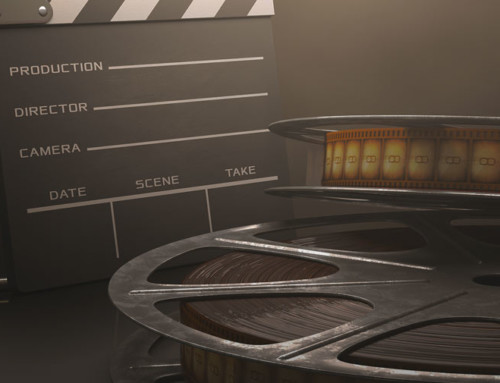
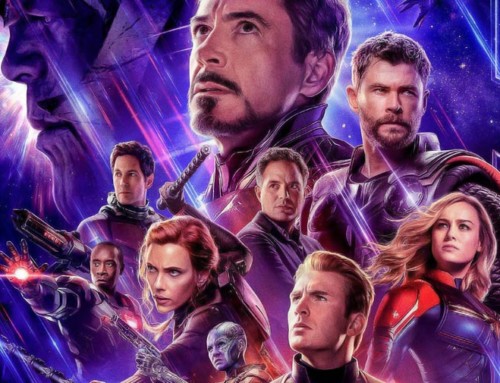
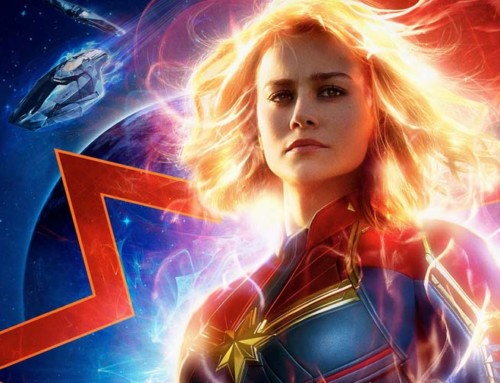
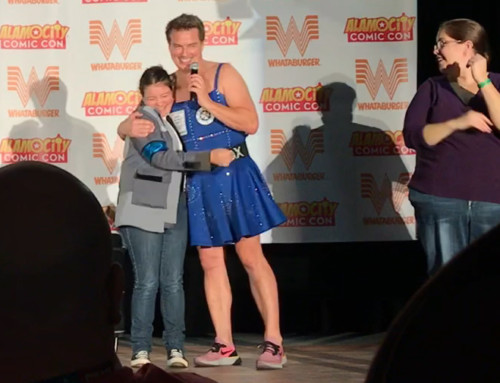
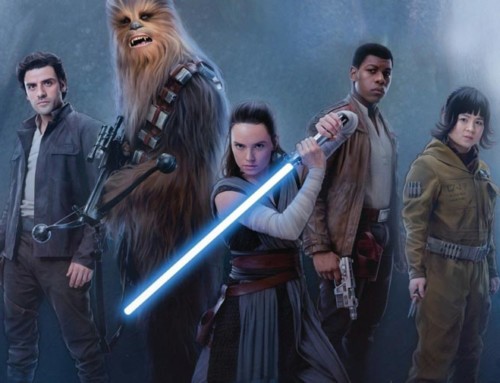
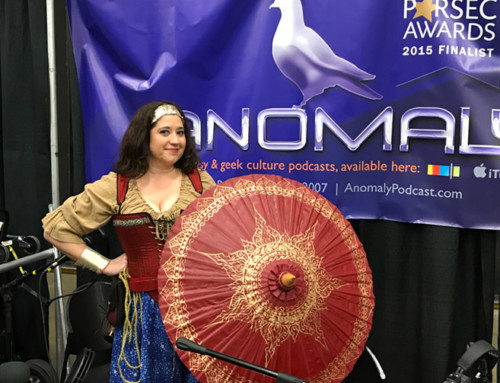
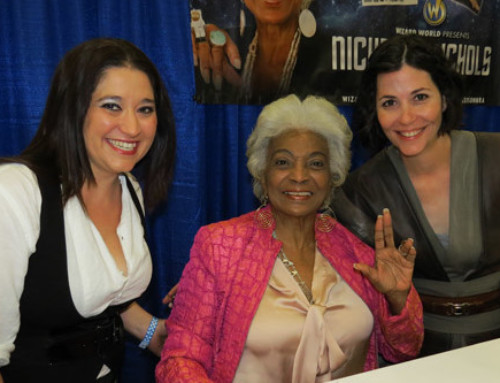
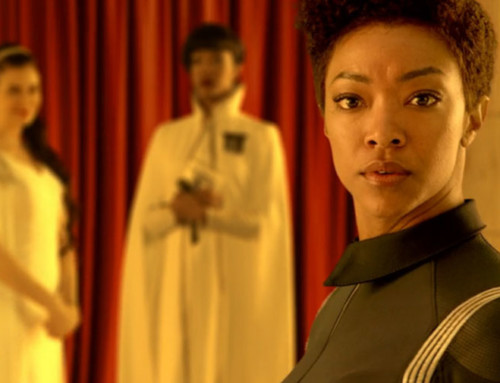
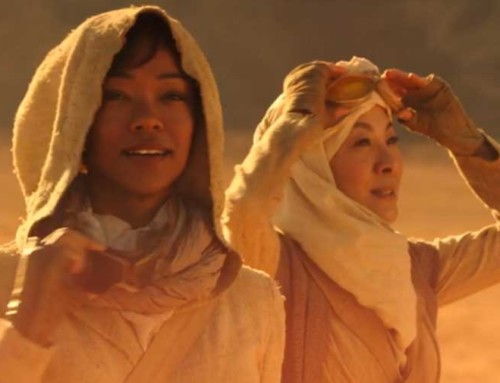
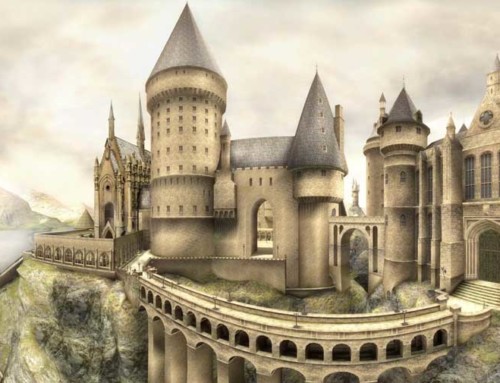
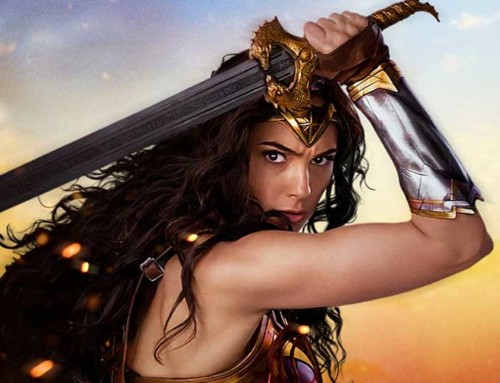
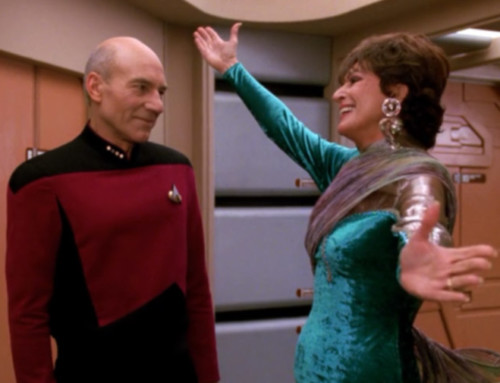
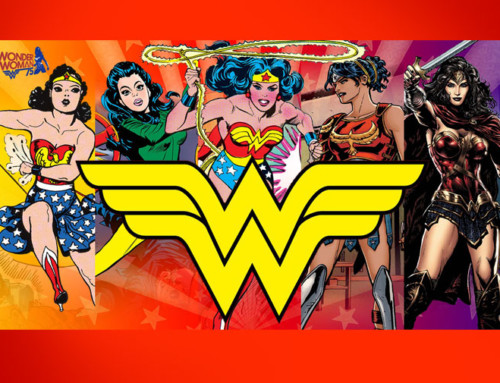
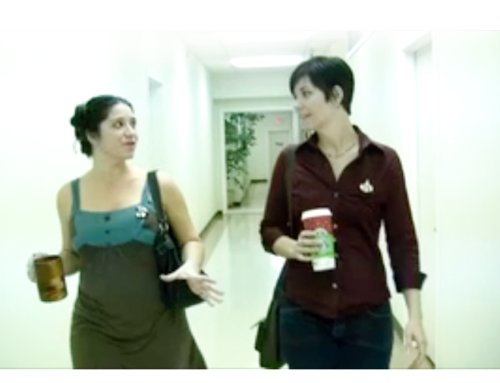
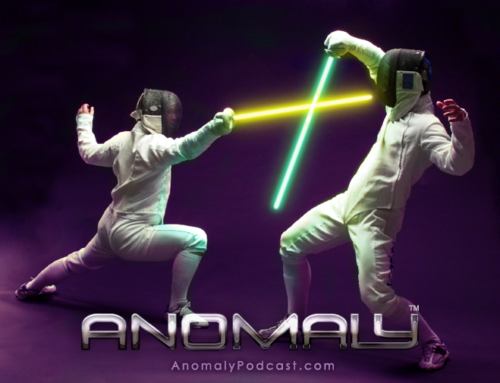
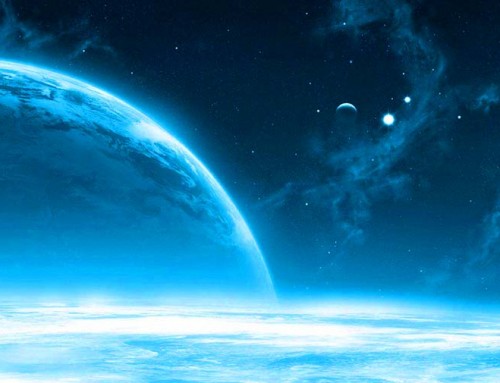
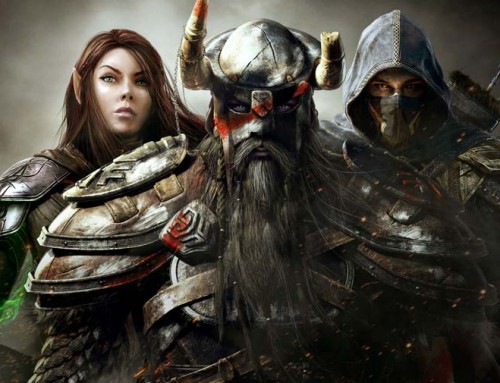
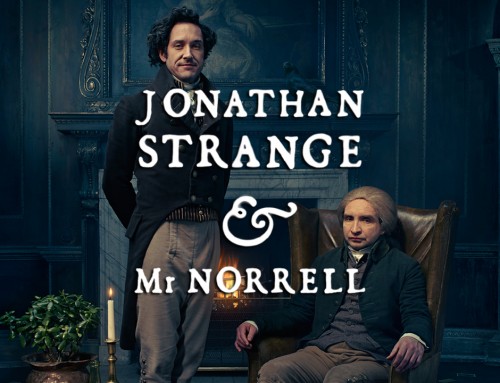
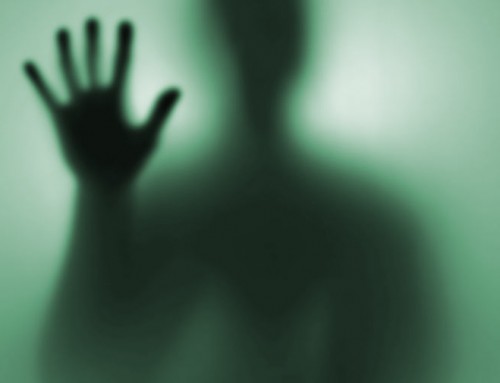
OMFG SOMEONE NOTICED THANK YOU
I appreciate this!!! I think you are fairly generous, but you’re right that we’re all (or at least most of us) a little complicit. I can’t seem to prevent myself from being drawn toward this trope, though I feel ambivalent and uncomfortable because of it’s gender inequity.
You’re right! I for one would feel considerably less guilt if I could enjoy it properly gender-swapped, or at least complicated. Thank you for pointing out Howl’s Moving Castle as well! The book is even more overt in its trope subversion: Sophie is much more dissatisfied with her own appearance (combine that with some unreliable 3rd person narration), and Howl is at least 10 times the princess he is in the film.